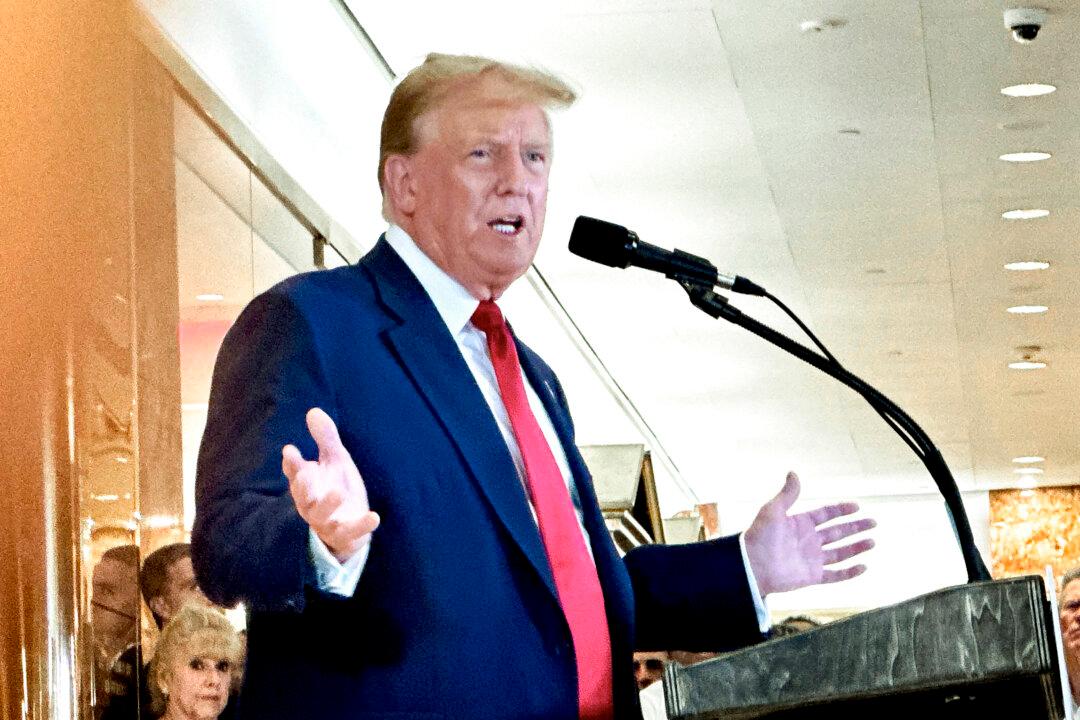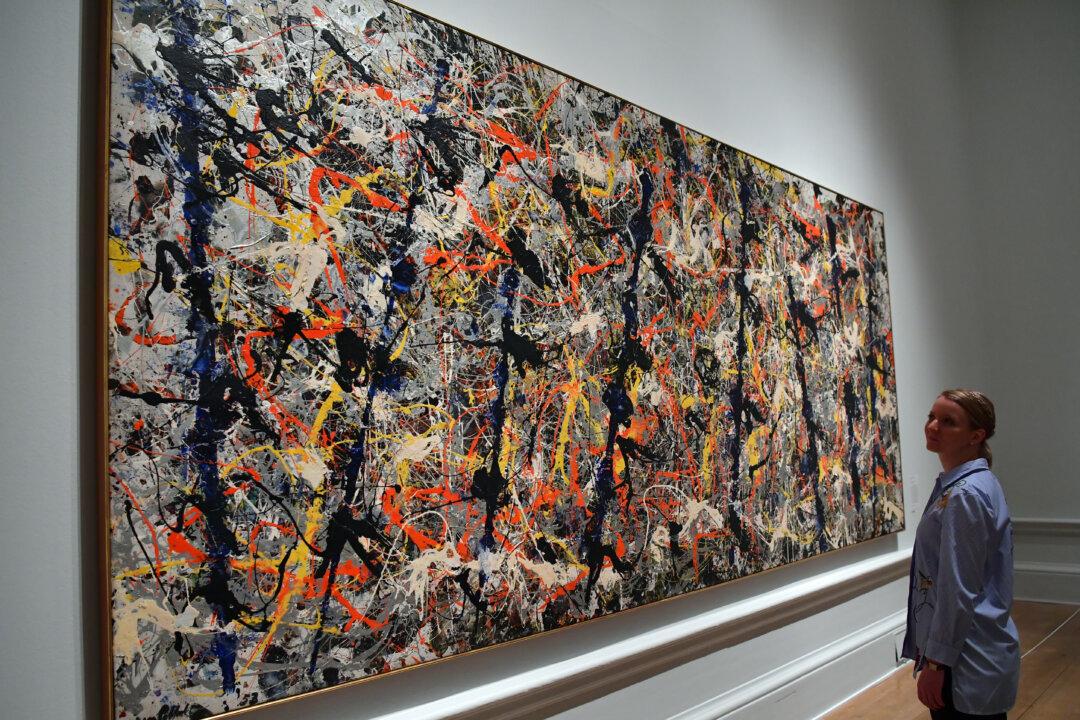As the world continues to wonder why the president of the United States allowed a floating Chinese spy dirigible to traverse the entire continent, pausing here and there over ICBM sites, another sort of gaseous eructation has resurfaced to claim our attention.
I mean the Russia Collusion Delusion.
You remember the RCD: the expensive, multi-year malignant fantasy that was foisted upon a credulous public by a loose-knit confederation of operatives for Hillary Clinton’s presidential campaign and various anti-Trump outposts in the media and deep-state bureaucracy.
I thought we had finally said goodbye to that enormity, but no. Two recent interventions remind us that lies mean never having to say you’re sorry.
One piece, which ran in our country’s former paper of record in late January, was an exercise in historical revisionism, blustering self-exoneration, and a steely-eyed bid for absolution without contrition.
As Mary McCarthy said of Lillian Hellman, every word of it is dishonest, “including ‘and’ and ‘the.’”
One strategy is to deploy “carefully crafted”—read “obfuscatory”—language “to seemingly address inconvenient facts while minimizing them.”
For example, the NY Times tells readers that John Durham, the prosecutor charged with investigating various actors, from the FBI and elsewhere, who were involved in the spurious effort to “get Trump” set out “to pursue the theory that the Clinton campaign conspired to frame Mr. Trump.” What they left out was the inconvenient truth that “this ‘theory’ is now an established fact.”
What started the delusion?
Why, the infamous “dossier” fabricated by disgraced former intelligence operative Christopher Steele.
It was concocted out of whole cloth using fabric furnished by Igor Danchenko, a Russian living in the United States who was employed by the Brookings Institution, a left-leaning, anti-Trump think tank.
The NY Times, like every other organ of the regime media, was all over the story.
Eventually, Danchenko admitted that he hadn’t verified any of the scurrilous gossip about Trump.
But in its long, revisionist review of the story, the NY Times, Zane notes, “ignores this history in its Jan. 26 article, blandly describing the dossier as a ‘dubious’ source.”
A more accurate description would be a “thoroughly discredited pack of lies concocted as an opposition hit piece and gleefully circulated by emunctory media outlets like The New York Times.”
If that seems hyperbolic, read on to the other piece that Zane considers in his essay: the long, meticulously researched essay that Jeff Gerth published on Jan. 30 in the Columbia Journalism Review.
The NY Times, as Gerth writes, crowed about its Pulitzer Prize-winning coverage.
But practically everything it reported turned out to be wrong.
“Outside of the Times’ own bubble,” he observes, “the damage to the credibility of the Times and its peers persists, three years on, and is likely to take on new energy as the nation faces yet another election season animated by antagonism toward the press.”
Indeed, public trust in the media has plummeted in the wake of the Trump presidency.
It’s true that Trump and his supporters fed the flames of the media war, but the war was started and escalated by the media and its yeomen in the deep-state bureaucracy.
Gerth’s long, melancholy anatomy of the media’s war with Trump is a masterpiece of sober understatement.
His “main conclusion,” and one that anyone who cares about the future of our democratic republic must take very seriously, is that “journalism’s primary missions, informing the public and holding powerful interests accountable, have been undermined by the erosion of journalistic norms and the media’s own lack of transparency about its work.”
That, alas, is putting it mildly.





